This week, a P4C/Oracy activity about writing.
Question 1: What does it mean to “write”?
Imagine you’ve turned to the dictionary, but under W, the page that contains the verb “To write” has been ripped out. What do you think the definition should be?
This is a good chance to encourage them to look for counterexamples in each other’s definitions. Counterexamples, if accepted, prove that the definition isn’t accurate/complete and must be revised. For example:
“To write means to put ideas down on paper”
“Is it always paper? What about writing on a computer, or on a whiteboard?”
“Ok, to write means to communicate ideas by getting them down on something.”
Question 2: Is this writing?
Below are a series of examples of writing. Or are they?
You could take them one by one, encouraging students to stand either side of a dividing line to show if they’re a yes, or a no.
Or you could print them out / write them on whiteboards and get children to do an “In/Out” exercise – those which are writing go into a space (giant hula hoop / circle made with skipping rope) and those which aren’t remain outside.
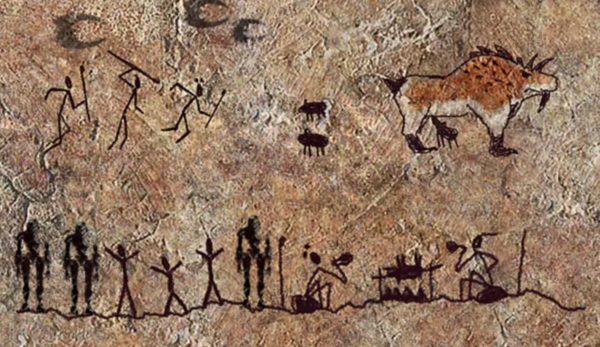
1.Cave art written before humans had words – you could use the picture above (origin unknown) or if you’re feeling brave, this clip from the film Ice Age.

2. GPS on Strava -some runners like to use their Strava (running app) GPS tracker to create a message.
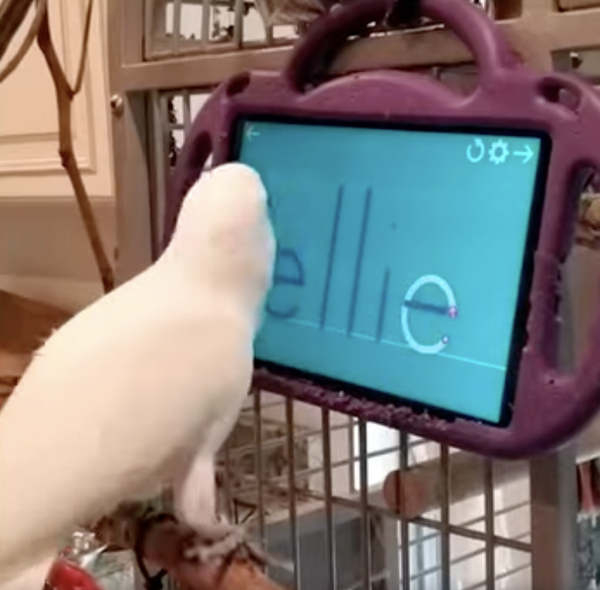
3. A parrot has been trained to “write” their own name – see this video (uploaded to Facebook so please keep the “comments” off screen).
4. A song has been passed down through generations of native people, but never scribed down. Everyone who knew it passes away – except one elderly lady who has lost the ability to use a pen or type. She tries to remember the lyrics in her head, and line by line they come back to her and she sings them as they reappear. Is she writing?
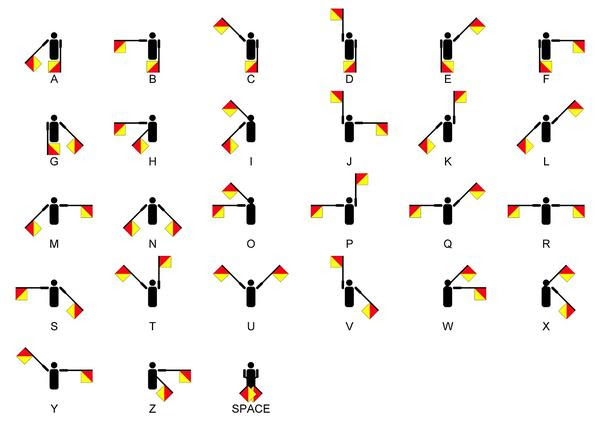
5. Semaphore – a device used for visual signaling, most commonly with flags or lights, to convey information at a distance.
Denelson83, CC BY-SA 3.0 via Wikimedia Commons
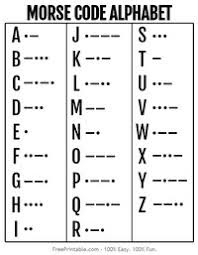
6. Morse Code – a system of electronic communication. It uses audible dots, dashes, and spaces to represent letters, punctuation, and numbers. Hear it here.
7. ChatGPT responds to a request to create a story involve three pets and their quest to find their owners with a comprehensive tale that has a start, middle and end.
—
If any of the examples get a firm yes/no from the whole group, move the goalposts by changing a little detail – to test if their views remain the same. For example, what if ChatGPT has malfunctioned and spews out a load of random words? Or what if the Cave painting was made once humans had developed written words?
Question 3: Would you change anything from your original definition of “to write”?
Ask children to reflect on their original definition. Does anything need to change? Or has the exercise solidified their definition? Or a bit of both?
Further questions (if you have time)
- Can you write without words and letters?
- You wake up one morning and the world has forgotten how to read. Is there anything you’d still need to write?
- Does all writing have a message?
- What’s the difference between a picture used in writing and a picture that is just a picture?
What’s new in the Philosoverse?
Since the UK half-term, I (Tom) visited Lyng Primary School, West Bromwich, to deliver a day of oracy workshops followed by twilight training. I then returned to Saint Christinas Prep. School in London for a day of work helping philosophise the curriculum, through our popular Curriculum Clinics. I finished the week in Leamington Spa at the annual Dialogue Works residential with colleagues from the metacognition and P4C world, led by our collaborator Roger Sutcliffe.
And yesterday, I was back in London and delighted to be at the IAPS Senior Leaders Conference, which we were sponsoring with our sister enterprise, Hidden Leaders with roughly 100 delegates taking away some of our books and resources.
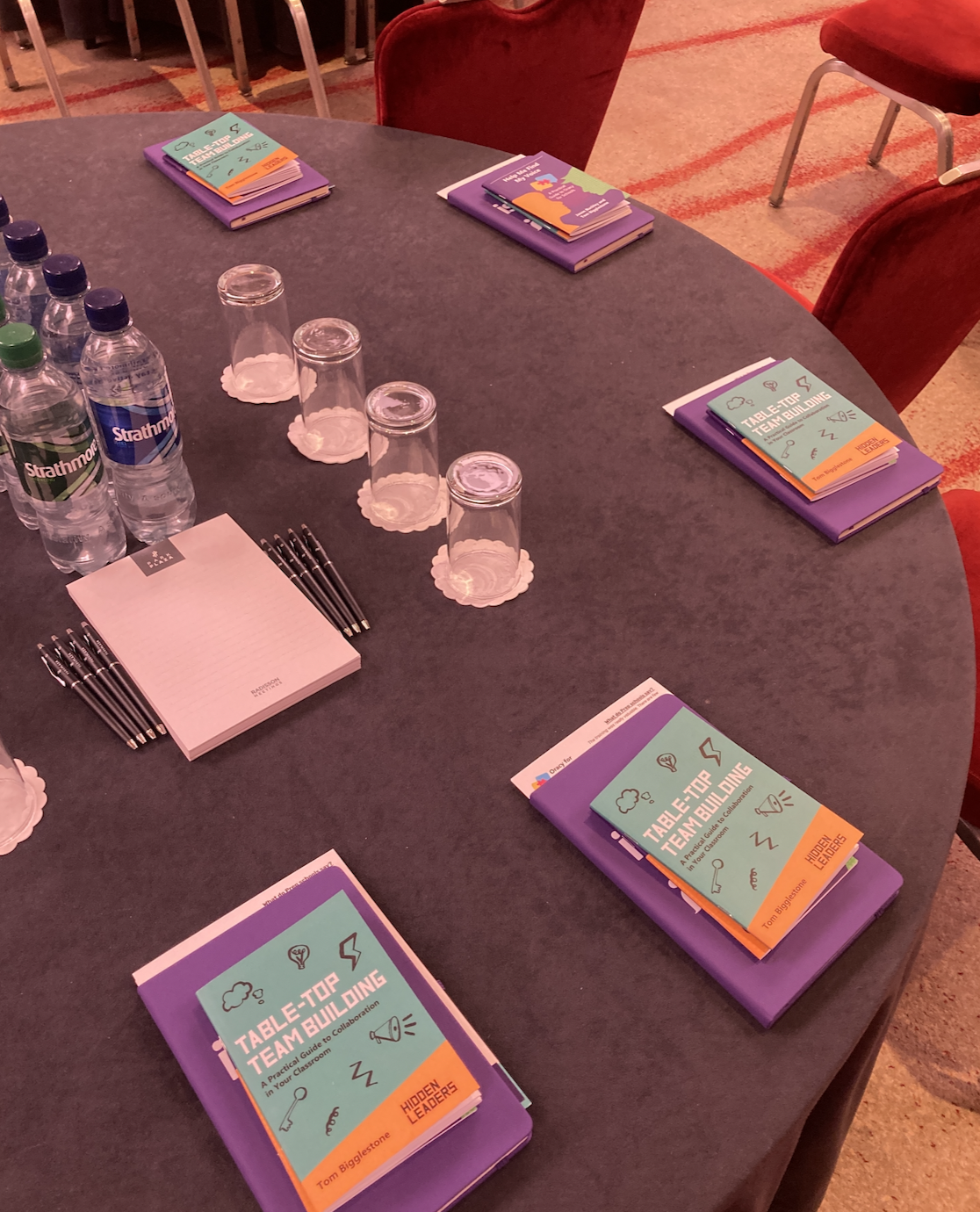
Jason has been running Duke of Edinburgh expeditions through our other sister company Outspark, and is looking foward to being back wearing his Philosophy hat next week.
And our biggest news over the last week: a very warm welcome to Amanda McLachlan who has joined our group of enterprises as Operations Officer.
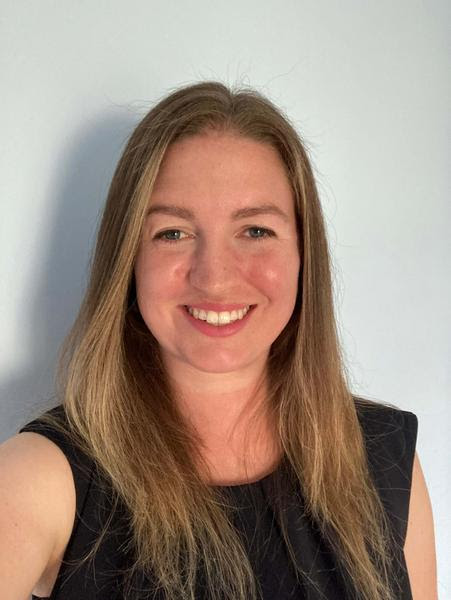
Amanda joins us from Glasgow having worked as an Operations professional for several educational charities in Scotland.
A former educator, Amanda studied Music and Philosophy at Nottingham University prior to pursuing a career in music teaching. She gained her PGCE at the Institute of Education, University College London, before teaching across primary and secondary schools in London as well as internationally in Thailand and Japan.
Amanda is a passionate advocate for education and creating opportunities that allow young people to learn and thrive. On returning to the UK in 2018, she continued her work supporting young people in an operational capacity, firstly as Operations Officer and then as Operations Manager for charities such as The Royal Conservatoire of Scotland and Big Noise Govanhill. In these roles she was always inspired to see young learners developing in confidence and how widening access to educational opportunities plays a vital part in helping individuals to flourish.
We’re thrilled she’ll be helping support the difference we try to make in classrooms and beyond across the world.
Best wishes,
Tom and Jason